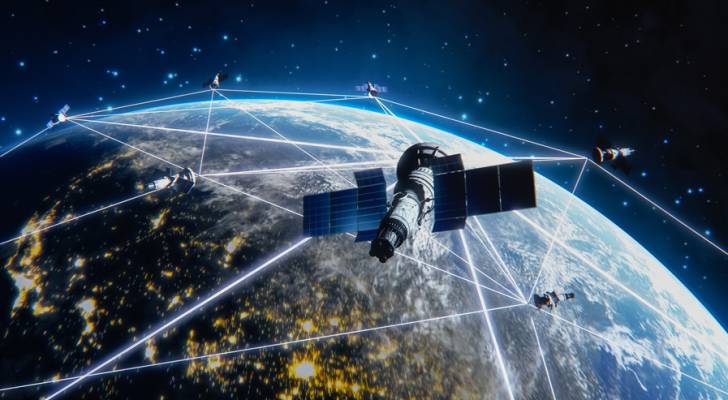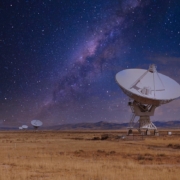Starlink SpaceX: High-Speed Satellite Internet for Global Connectivity
In the digital era, internet access is no longer just a convenience but an essential part of modern life. While urban areas are often well-served by fiber optics and 5G networks, millions of people in rural and remote regions remain disconnected. Enter Starlink SpaceX, an ambitious satellite internet project designed to bridge the digital divide. With its constellation of low Earth orbit (LEO) satellites, Starlink SpaceX is changing how the world connects online.
This article explores what Starlink SpaceX is, how it works, its internet performance, benefits, challenges, and the future potential of this groundbreaking technology.
What Is Starlink SpaceX?
Starlink SpaceX is a satellite internet service developed by SpaceX, the aerospace company founded by Elon Musk. Its primary goal is to provide fast, reliable, and affordable internet to every corner of the globe. Unlike traditional satellite systems that rely on geostationary satellites far above Earth, Starlink SpaceX deploys thousands of LEO satellites, orbiting at about 550 kilometers.
This lower altitude enables lower latency and higher internet speeds compared to older satellite systems. It represents a massive step forward in making high-quality internet accessible to people in underserved regions.
How Starlink SpaceX Works
The functioning of Starlink SpaceX revolves around three main components:
- Satellite Constellation – Thousands of satellites are deployed in orbit, forming a network that beams internet signals back to Earth.
- User Equipment – Customers use a “Starlink Kit,” which includes a phased-array dish and a Wi-Fi router. The dish automatically aligns itself with the satellites overhead.
- Ground Stations – These link the satellite network with internet data centers, ensuring smooth communication between satellites and global internet infrastructure.
By combining these elements, Starlink SpaceX delivers seamless connectivity even in places where laying fiber or cable is nearly impossible.
Internet Performance of Starlink SpaceX
One of the most important questions people ask is: How fast is Starlink?
Current data shows that Starlink SpaceX provides:
- Download Speeds: 100–250 Mbps for residential users.
- Upload Speeds: Around 20–40 Mbps.
- Latency: Between 20–50 milliseconds, far better than traditional satellite internet.
This performance makes Starlink SpaceX a strong competitor to DSL and even some fiber networks, especially in rural and suburban areas. It also supports modern internet needs like HD streaming, online gaming, and video conferencing.
Benefits of Starlink SpaceX
1. Bridging the Digital Divide
The most significant impact of Starlink SpaceX is its ability to bring high-speed internet to underserved communities. Rural areas, islands, deserts, and mountainous regions can now enjoy reliable connectivity.
2. Low Latency for Real-Time Applications
Unlike older satellite services, Starlink SpaceX provides low-latency connections. This makes activities such as gaming, VoIP calls, and real-time collaboration practical.
3. Emergency and Disaster Response
In natural disasters, where terrestrial networks fail, Starlink SpaceX has proven invaluable. From hurricanes to earthquakes, Starlink dishes have been deployed to restore communications rapidly.
4. Mobility and Global Access
Starlink SpaceX is not limited to fixed homes. Services are expanding to mobile applications, including RVs, boats, and airplanes, making it ideal for travelers and industries on the move.
Challenges Facing Starlink SpaceX
While promising, the project is not without hurdles:
- High Costs: The hardware kit costs around $599, with monthly fees between $110–$120, which may be expensive for some users.
- Weather Sensitivity: Heavy rain, snow, or obstructions can reduce connection quality.
- Scalability: As more users join, maintaining consistent speeds requires constant satellite launches.
- Regulatory Approvals: Some countries restrict or delay the rollout of Starlink SpaceX, citing local telecom rules.
- Space Concerns: With thousands of satellites in orbit, space debris and astronomical interference are ongoing concerns.
Starlink SpaceX vs Other Internet Providers
Here’s how Starlink SpaceX compares with alternatives:
| Technology | Download Speed | Latency | Best For |
| Starlink SpaceX | 100–250 Mbps | 20–50 ms | Remote & rural areas, global coverage |
| Fiber Broadband | 300 Mbps–1 Gbps+ | 5–20 ms | Urban households & businesses |
| 5G Mobile Internet | 200 Mbps–1 Gbps+ | 10–30 ms | Urban/suburban mobile users |
| DSL | 10–100 Mbps | 30–60 ms | Basic browsing in cities |
| Traditional Satellite | 10–30 Mbps | 600+ ms | Remote areas with no other options |
From this, it’s clear that Starlink SpaceX offers a balance of speed and accessibility, especially where fiber and 5G are unavailable.
The Future of Starlink SpaceX
The outlook for Starlink SpaceX is promising. SpaceX plans to expand the constellation to more than 12,000 satellites, with possible approval for up to 42,000. This expansion will improve coverage, reliability, and internet speed worldwide.
Future upgrades include:
- Laser Inter-Satellite Links: Improving communication between satellites for faster data transfer.
- Expanded Mobility Plans: Wider use in aviation, maritime, and military sectors.
- Lower Costs: As production scales, hardware and subscription costs are expected to decrease.
With these advancements, Starlink SpaceX could soon rival or even surpass traditional broadband services.
Who Should Consider Starlink SpaceX?
- Rural Families: Those living in areas with poor internet access.
- Small Businesses: Enterprises in agriculture, tourism, or logistics in remote locations.
- Digital Nomads: Travelers who need reliable global connectivity.
- Emergency Responders: Aid organizations needing fast deployment of communication systems.
Conclusion
Starlink SpaceX is more than just another internet provider—it is a technological revolution. By delivering high-speed, low-latency internet through a growing constellation of satellites, it offers a solution for billions of people who have long been left offline.
While cost and regulatory challenges remain, the progress so far demonstrates that Starlink SpaceX is a game-changer in global communications. As the network grows and technology improves, it will play a crucial role in shaping the future of digital connectivity worldwide.




Leave a Reply
Want to join the discussion?Feel free to contribute!